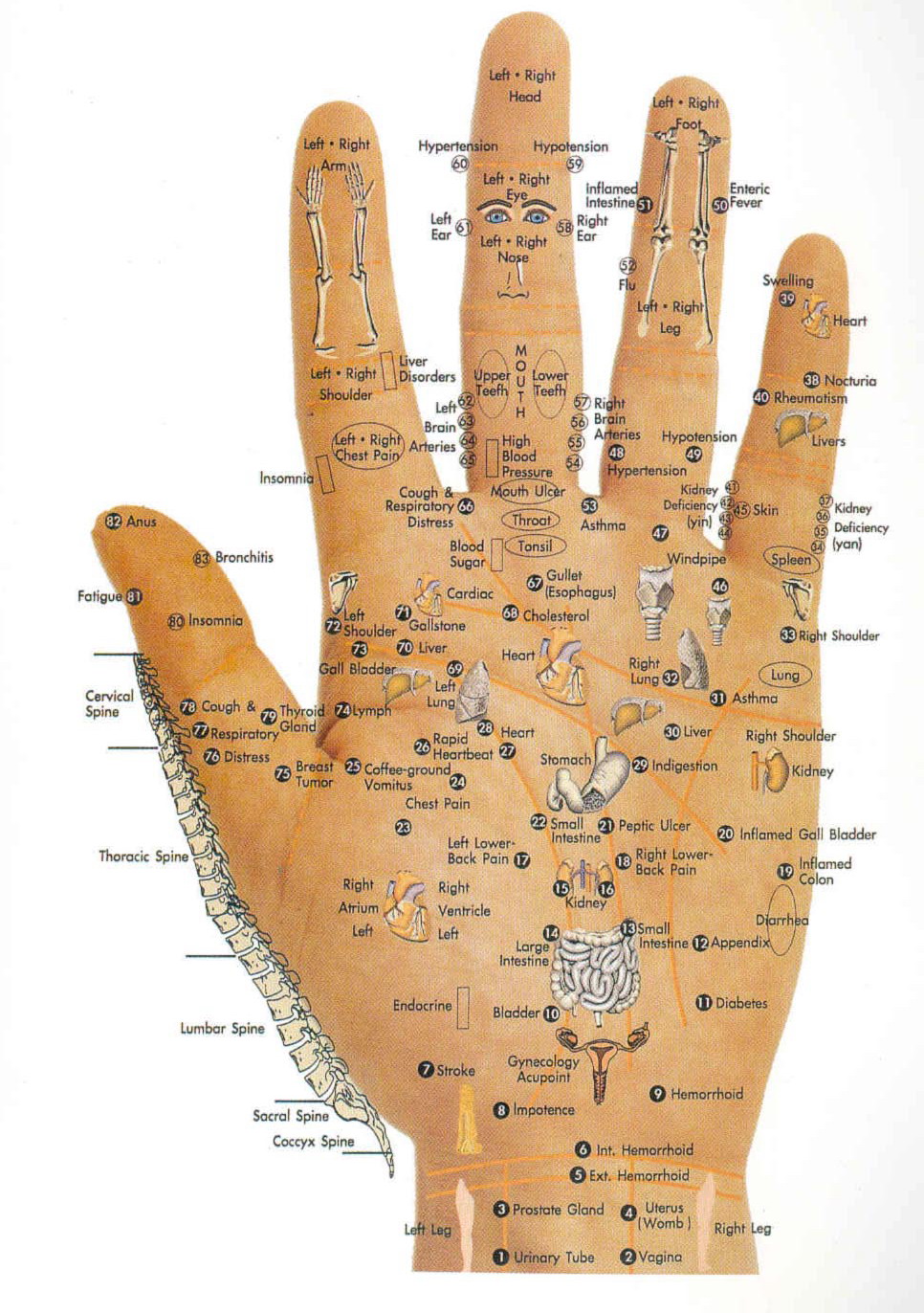
Acupressure Healing
What is Acupressure? Acupressure is a form of Chinese method of treatment. It uses the fingers or similar tools to press acupressure points on the body to stimulate the natural self healing abilities. The Chinese have been using acupressure for over 5,000 years. How Does Acupressure Work? Acupressure points are places on the skin that […]
